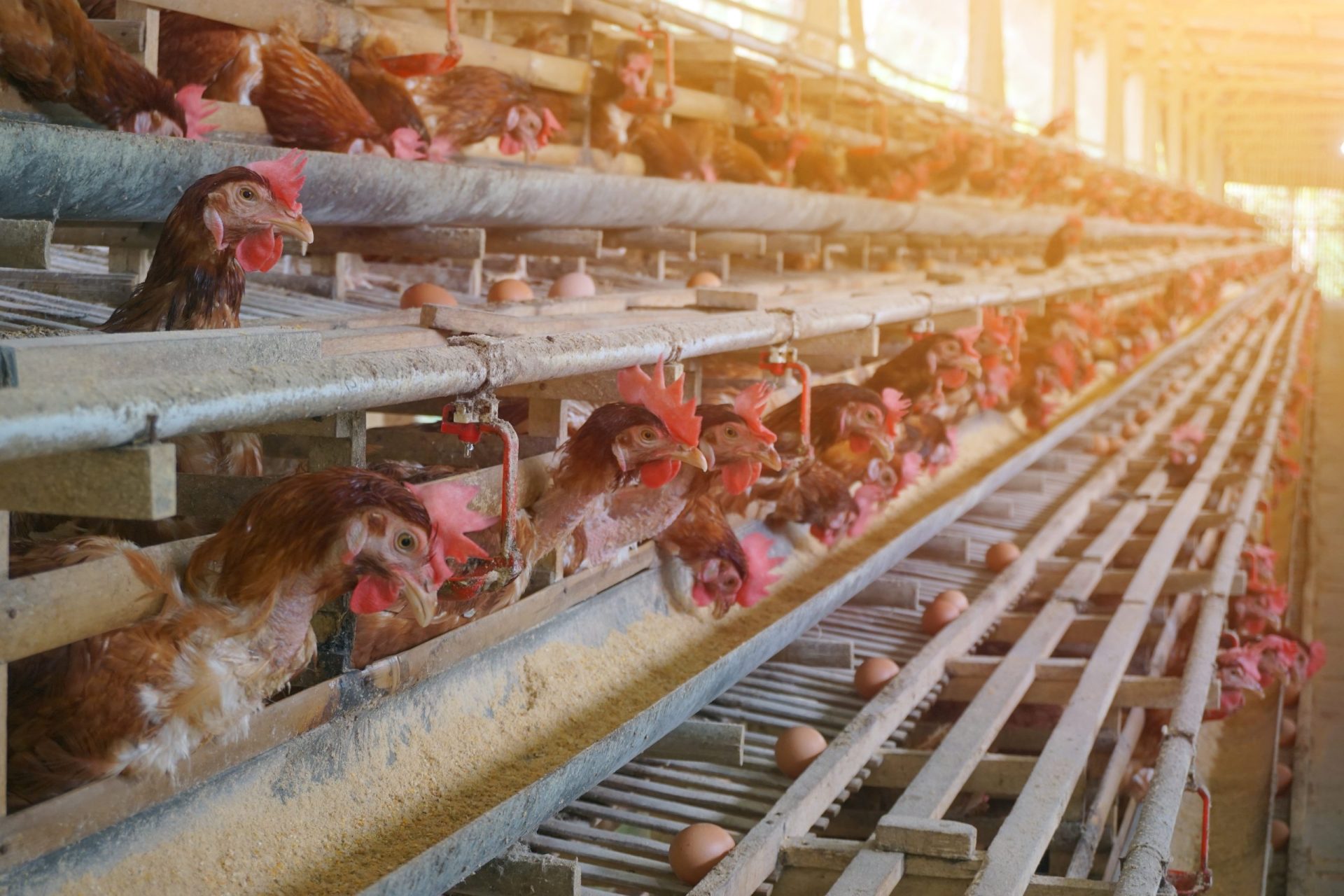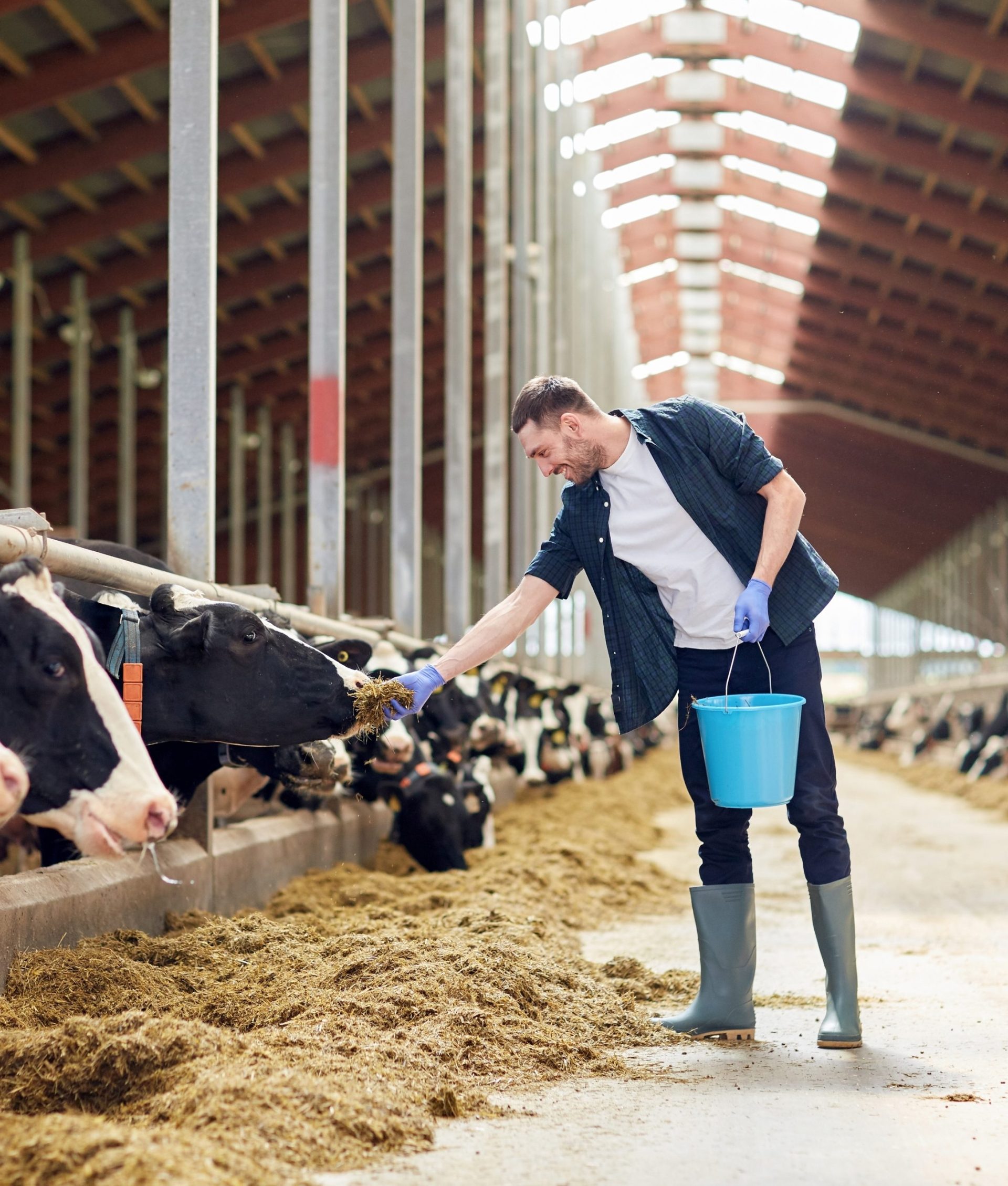Understanding heat stress and its
Impacts on animals
Heat stress is a significant challenge in animal husbandry, affecting various physiological parameters and overall animal performance. It occurs when animals are unable to dissipate excess body heat, leading to elevated body temperatures and a cascade of negative health effects. The situation is exacerbated by climate change, which increases the frequency and intensity of heat waves. The outcomes include decreased feed intake, altered metabolism, and increased oxidative stress, all of which contribute to compromised health and production efficiency.
Pigs and poultry are especially vulnerable to heat stress, as pigs lack functional sweat glands and are insulated by subcutaneous fat, while poultry are covered in feathers, limiting their capacity for heat dissipation. In the case of ruminants, the heat released during feed fermentation in the rumen contributes to increasing the metabolic heat production. It can lead to reduced milk production, impaired fertility, increased veterinary expenses, inconsistent carcass quality, and a higher risk of metabolic disorders (West, 2003).
Unfortunately, the negative impact of heat stress on animal health and productivity is expected to worsen in the future, as the frequency and intensity of heat stress events increase, particularly if selection continues to favour production traits over thermotolerance and climate adaptation. This stressor not only impacts the animal performances and economics profitability of farming,but also poses welfare concerns for the animals involved.


The need of reinforced and diversified
Antioxidant protection
Heat stress activates the autonomic nervous system, triggering the release of catecholamines (adrenaline, noradrenaline), which increase respiration and heart rate, raise body temperature, redistribute blood flow to the skin for heat dissipation, and stimulate the mobilization of energy reserves by enhancing glycogen breakdown. At the same time, heat stress promotes the production of reactive oxygen species (ROS) and reduces antioxidant defenses, leading to oxidative stress. Together with metabolic acidosis, these processes cause cellular damage, protein and lipid oxidation, and ultimately impair animal health, performance, and the quality and shelf life of animal products.
Antioxidants play a crucial role in ROS. While endogenous antioxidant mechanisms exist, they may not be sufficient under conditions of increased stress, such as during heat waves. Reinforcing antioxidant defenses with dietary antioxidants can mitigate these effects, but diversification is equally critical, as it enables higher levels of protection than those induced by vitamin E and C alone, which reach a plateau at a certain dose. The rigorously selected polyphenols contained in Nor-Grape® have a complementary antioxidant action as they offer direct neutralization of free radicals, but also regeneration of Vit E and induction of endogenous enzyme (SOD and GPX) through different metabolic pathways.
In conclusion, strengthening antioxidant defenses is a good tool for improving animal welfare and performance under heat stress. Nor-Grape® provides a natural and effective approach, highlighting the value of integrating plant antioxidants into animal nutrition strategies. Nor-Grape® supplementation has repeatedly demonstrated beneficial effects under heat stress conditions in multiple species (sows, broilers, dairy cows) and across diverse geographical regions, such as Vietnam, the Philippines, Peru, Tunisia, Italy, and Portugal. These findings confirm the relevance of antioxidant strategies in supporting animal resilience and productivity under challenging environmental conditions.

